If you’re wondering whether or not a car battery has good voltage and still be bad, then you need to read this. We have researched this topic extensively to ensure we share only useful information with you.
A car battery can have good voltage and still be bad. The reason? One of the battery's cells or plates is damaged due to acid stratification. It is important to note that just because a car battery has good voltage does not mean it has enough amperage. You need to check not only the voltage but the amperage as well to see if it is sufficient. To do this, you need to test the battery under load using a load tester.
As a car owner, it is important that you understand why your car's battery can have good voltage and still be bad. Learn all about car batteries and find out how and what causes this to happen. We will also explain how to test car batteries, so keep reading!
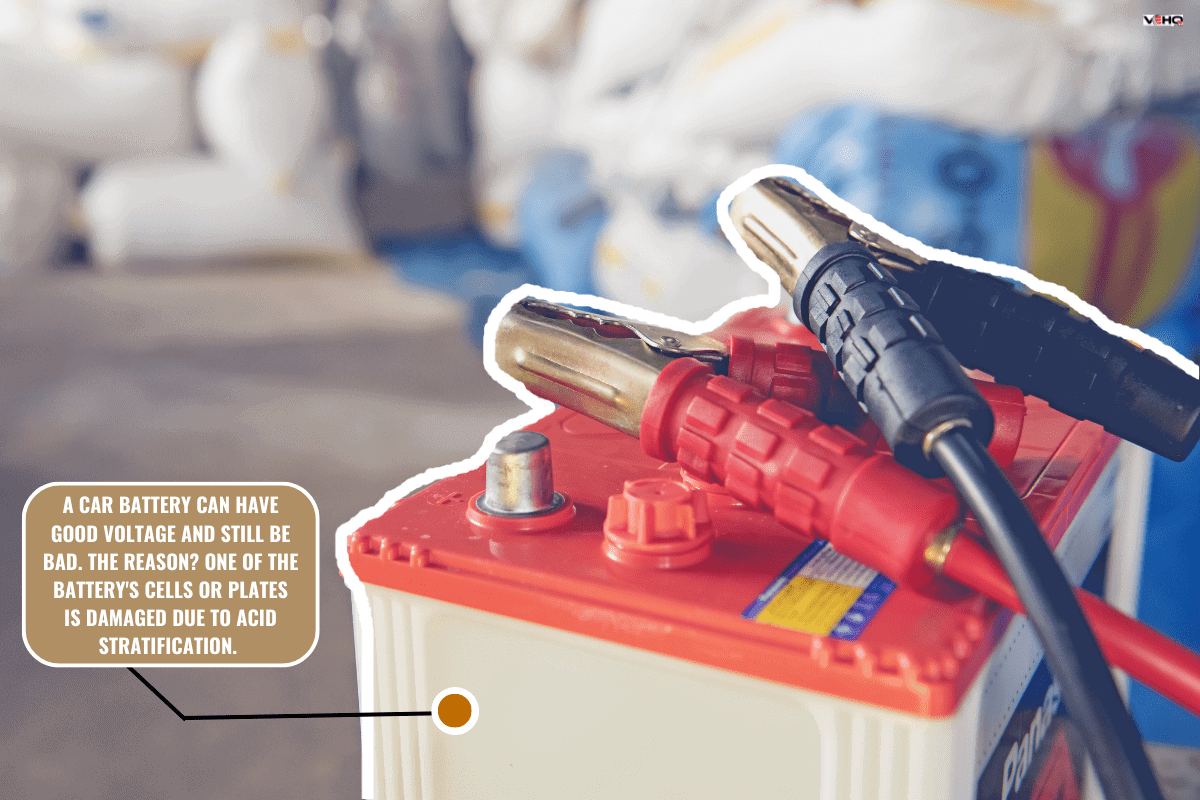
What is the Difference Between Voltage And Amperage in a Car Battery?
Voltage and amperage are two critical measurements of electricity. This information is essential for understanding what is happening inside a battery.
The voltage measures the charge or how much energy is stored in the battery. A higher voltage means more power is stored in the battery.
On the other hand, amperage measures the current the battery can provide. A high amperage indicates that the battery has more capacity to provide current.
Sometimes, a car's battery voltage is shown to be normal in voltage tests, but this does not mean that the battery has enough capacity to deliver all the current it is supposed to.
You can check your vehicle's battery with a multimeter to see the amperage reading. The battery will also have a rating of the maximum amperage it can provide.
It is possible that your battery is only providing a fraction of its capacity, which means it is not delivering as much current as you need. If your battery has an amperage lower than what the manufacturer specified, your car battery may be failing.
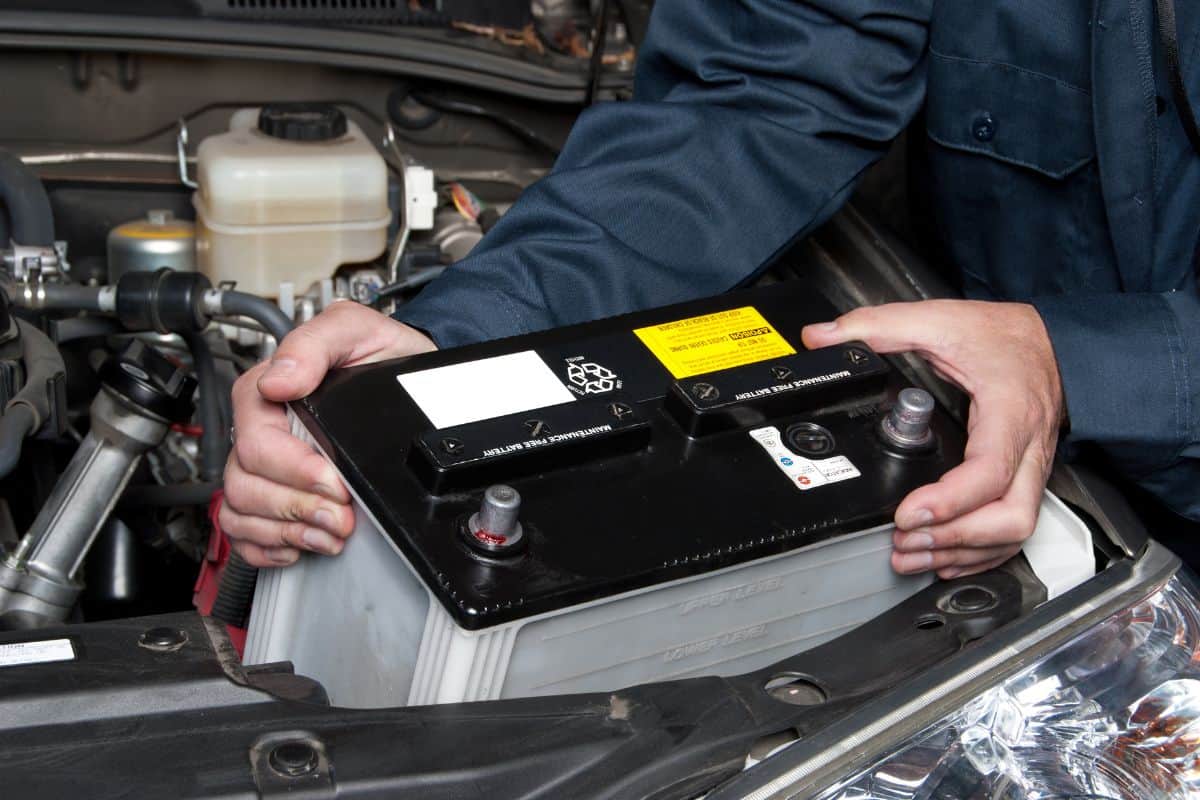
What Causes Car Batteries To Lose Amperage?
When a car battery is discharged and recharged repeatedly, it can wear out the internal plates, reducing its ability to provide sufficient amperage.
This happens because the plates must withstand high voltage to store chemical energy. The more the battery is charged and discharged, the quicker they wear out.
Don't worry though because car batteries typically can last for up to four years before they start to lose capacity.
How Can I Tell If My Car Battery Is Losing Amperage?
There are a few telltale signs to look for when a car battery loses amperage. The first sign that your battery is when it seems like your engine won't start.
A battery that loses its capacity will be unable to provide enough amperage to start your vehicle. This is because the starter motor is attached to the battery and needs a lot of current to start your vehicle.
When a battery's amperage drops, the starter motor will no longer be able to draw enough power to start your vehicle.
Another telltale sign of your car battery losing its capacity is that the electrical components in your car may struggle to work. The lights on your dashboard and headlights may start to grow dim, and the windshield wipers, air conditioner, and stereo may stop working altogether.
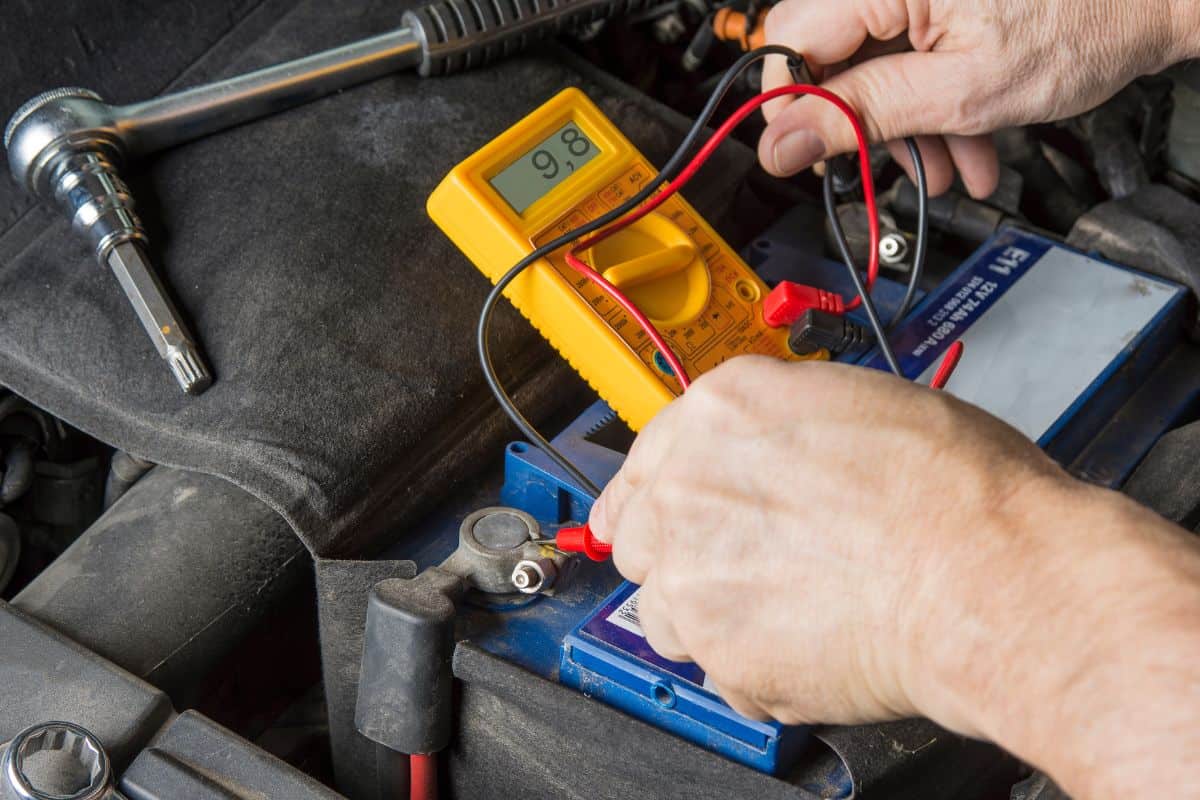
How To Test a Car Battery's Amperage
A load test is performed to evaluate how well a battery can start a car or power up its electrical system. It measures the current output of a battery under a variety of conditions. It can also help you identify weak points in the battery. The test is important for maintaining and repairing batteries.
You may know the importance of optimally charged battery, but that's just one side of the story. The load test result completes the story. Here are the steps you must follow to perform a load test on a car battery properly.
1. Disconnect the battery from the car
2. Connect the load tester. The red clamp goes to the positive terminal and the black one to the negative terminal.
3. Press and hold the test button for at least 10 seconds to run the load tester.
4. You should be able to get a reading after 10 seconds. If you have an analog load tester, the needle will point to the scale to show you the result. A digital load tester will display the result on the screen along with a LED light battery status indicator.
Check out this load tester on Amazon.
How Many Amps Should A Car Battery Have?
A car battery has a starting current capacity that is defined by its amperage rating. The higher the current rating, the more powerful the battery is and the more current it can provide. The current capacity is measured in amps.
Most cars require between 400 to 600 amps of current in order to start. Your car battery can lose capacity over time and therefore, the amperage it provides may decrease.
What Influences the Amperage of a Car Battery?
The amperage of a battery depends on the battery’s voltage and internal resistance. Internal resistance refers to the battery’s ability to discharge current.
If the internal resistance is low, the battery can discharge more current. This can be measured by how much of the battery's rated capacity is available for use when the car is running.
A higher internal resistance, on the other hand, means that the battery has less ability to deliver current. However, in some cases where the battery’s internal resistance is extremely high and is going off the charts, the battery may overheat, causing the voltage to drop.
This is because the battery's high resistance restricts the flow of electrons, causing the battery to become less efficient.
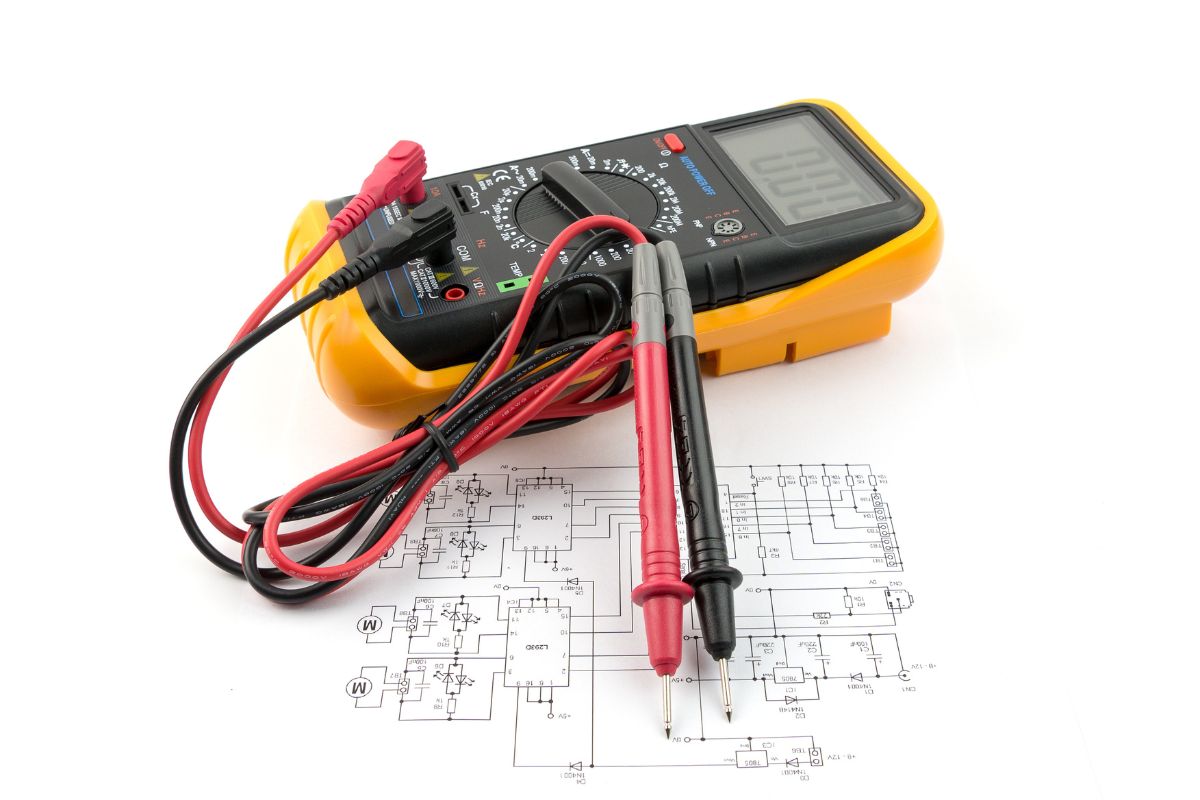
What Should Be the Ideal Internal Resistance of a Car Battery?
According to Prasun Biswas, an electrical engineer and a Quora contributor, a battery's internal resistance should be 5 milliohms. If the battery has an internal resistance that is greater than 10 milliohms, the battery may not provide enough current to start the engine.
So it’s a good idea to keep a check on the internal resistance of the battery. You can do this by using a multimeter.
How To Check Car Battery Resistance Using a Multimeter
1. Disconnect the battery from the car.
2. Set the multimeter to read ohms.
3. Make sure the red probe adapter goes to the ohm slot. If you've been using the multimeter to read voltages then chances are it's in the voltage slot so you have to pay attention otherwise you'll get a wrong reading. The black probe adapter goes to the COM slot.
4. Connect the multimeter probes. The red probe goes to the positive terminal and the black one to the negative terminal.
5. Take the reading.
Check out this digital multimeter on Amazon.
How Many Volts Does A Bad Car Battery Show?
A faulty car battery can affect your car's performance in a number of ways. The battery's state of charge is only one of them. Another important issue is the current output of the battery, which measures the voltage and amperage (amps) available to the car.
The voltage level of your battery when the engine is running should fall between 13.5 and 14.5 volts while the resting voltage should be 12.6 volts. If you are getting a voltage level that is lower than 12.6, then you may have a battery that is not fully charged or a faulty battery.
How To Use a Multimeter To Check Battery Voltage For Your Car
1. Make sure the battery is disconnected from the car.
2. Set the multimeter to read voltage.
3. Pay attention to where the red probe adapter is. It should be in the voltage slot of the multimeter. If someone has been using the multimeter to read resistance then chances are it's in the ohm slot. The black probe adapter stays where it is on the multimeter.
4. Connect the multimeter probes. As a general rule, the red probe should always go to the positive terminal and the black probe to the negative terminal.
5. Take the reading.
Car Battery is Fully Charged But Not Working - What Could Be Wrong?
If you suspect that your battery is not functioning properly, you should perform a visual inspection. Check if the terminals on the battery are corroded.
Make sure that the terminals are firmly connected to the battery posts and check if the battery cables are properly connected.
The best way to clean a corroded battery terminal is to spray PB Blaster around it. PB Blaster is a powerful cleaning solution that will get rid of corrosion and help clean out the battery’s contacts.
Check out PB Blaster on Amazon.
What are the Telltale Signs of a Bad Car Battery?
Your car's battery should be maintained to extend its life. Properly charging and discharging a battery will keep the power level in your car at optimal levels.
If you notice any warning signs of bad car batteries, such as weak charge, battery acid smell, corrosion, low capacity, or poor voltage, you should consider having your car battery replaced.
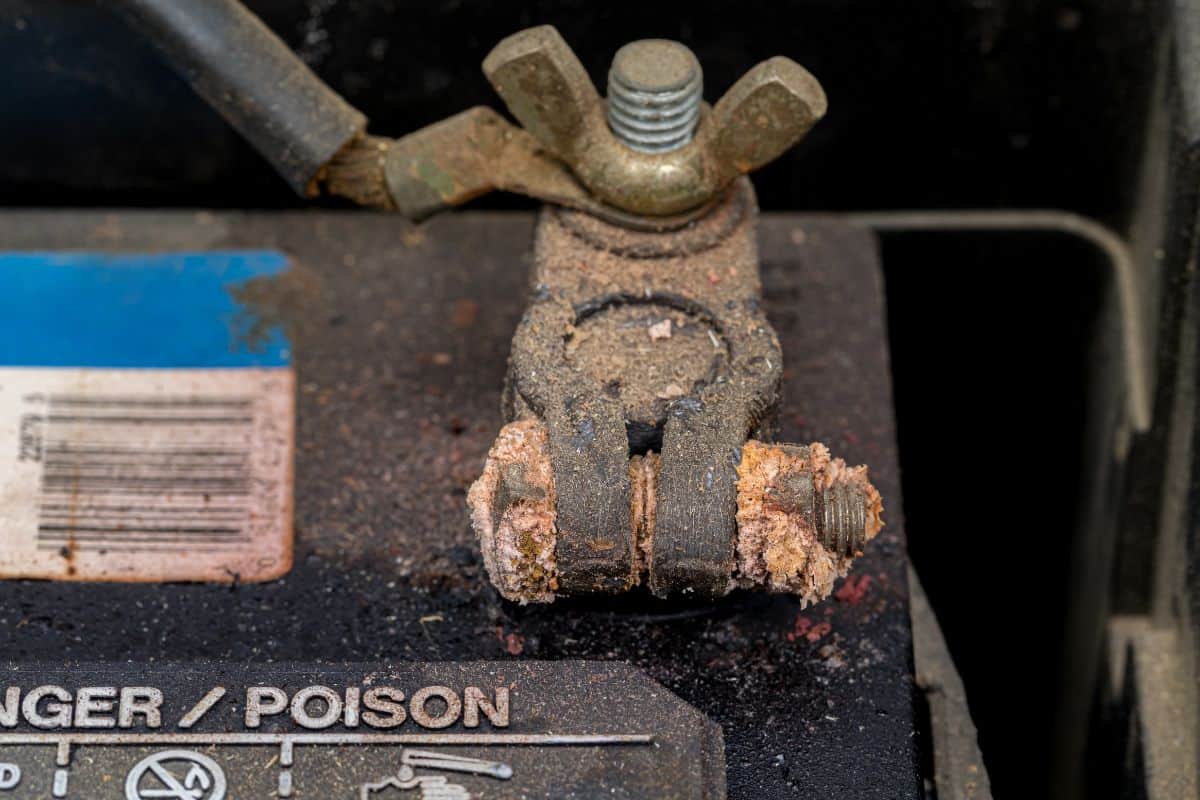
In Closing
A car battery with good voltage can still be bad. The voltage tells you the amount of power that a battery holds. The amperage tells you how much current a battery can provide. The current is the number of amps a battery will provide for a certain period of time.
It is therefore essential to test the battery’s capacity in terms of amperage. If you notice that the amperage is insufficient, you may have to get a new battery.
You might also like:



